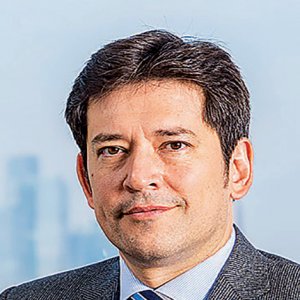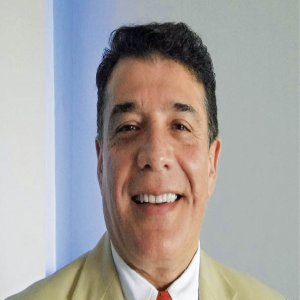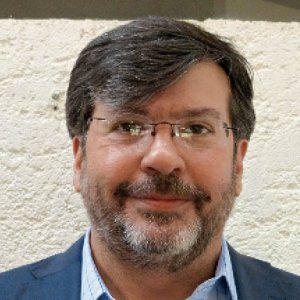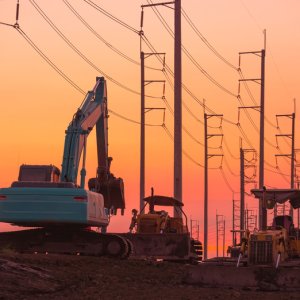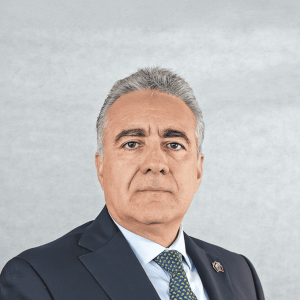Efficiency & Digitalization for Smart Grid Integration

Q: Which trends in the Mexican electricity market have had the most influence on the demand for products and solutions across the various segments of Schneider Electric’s portfolio over the past year?
A: The electricity market must grow at an unprecedented rate if Mexico wishes to sustain its economic growth. It is imperative that the market grows at the same speed as other industries in the country. The Reform is allowing further private investment in the generation of electricity, and under this scope, it will be easier to resolve this challenge. It is estimated that the global electricity demand will double by 2050, so we have to be prepared to replicate the existing infrastructure in the coming 35 years.
As a result, we are seeing major growth in two of our business areas: energy efficiency and digitization. In the former we are concerned with helping our clients achieve energy efficiency in their normal production activities and processes, and we also help generators use fewer resources. In the latter area of interest, the focus is on software development that allows clients to have a more stringent control platform in their power plants. This way we encourage the interconnection between substations and end users. In a sense the digitization area of business unites all actors involved in the electricity market, from generation and transmission to distribution. Our EcoStruxure software makes it possible to monitor and control how much energy is being consumed, and it is inherently tied to the development of the smart grid. For an effective smart grid, software that runs in parallel and interacts with the customer and producer is necessary. Our solutions make the cycle of generation, transmission, and distribution more efficient.
Q: What sort of technologies can actually be successfully implemented in smart grids in Mexico?
In the past, CFE was the only player on the market so it was hard to invest in generation, transmission, and distribution simultaneously. The arrival of new actors trying to penetrate the market will drive innovation and investment. At the moment the relationship with the client is linear because CFE carries out all the processes, but in the future it will become more multidimensional, and smart grids will allow an efficient interface with end users. Energy losses occur due to outdated machinery to generate electricity, since more resources are being used up. Our products can detect energy losses and allow clients to monitor and make adjustments to the grid. Our systems can offer up to 50% more efficiency and between 25-30% in energy savings, so they are in tune with the developments of the market. Schneider Electric’s answer for the smart grid is EcoStruxure, as it strikes a critical balance between active energy efficiency and smart facilities for customers, and efficient and green distribution on the supply side.
Q: What progress has Schneider made to transform itself from a product supplier to an integrated solutions provider?
A: It is a process we started close to ten years ago when we noticed that our product portfolio served as an excellent platform to provide integrated solutions. We started to establish in-house capabilities in order to develop these solutions. In energy management we can offer solutions that interconnect our products to specific areas of our clients’ operations that require monitoring and control. Maintaining a pioneering position is crucial for the company and it encourages energy efficiency programs. Schneider Electric has reduced its energy consumption by 35% and CO2 emissions by 16% in its 300 installations worldwide, and in Mexico all of our 11 facilities have adopted specific energy saving plans.
Q: Which flagship project reflects Schneider Electric’s vision to encourage the development of energy efficency markets?
A: There is an alliance that started out between Schneider Electric and BMW three years ago. BMW decided to enter the electrical vehicle market, so it started looking for suppliers for the chargers. At the beginning we developed a home-use charger, but we knew that in order for the electrical vehicle market to succeed, charging stations would be needed across the city. The idea is to motivate the population to invest in these cleaner vehicles, and Walmart was interested in providing these services. It is important to note that CFE provided the infrastructure and support to build these stations. We hope this project will spread across the whole country and hopefully we will see a rise in these types of vehicles in Mexico.
